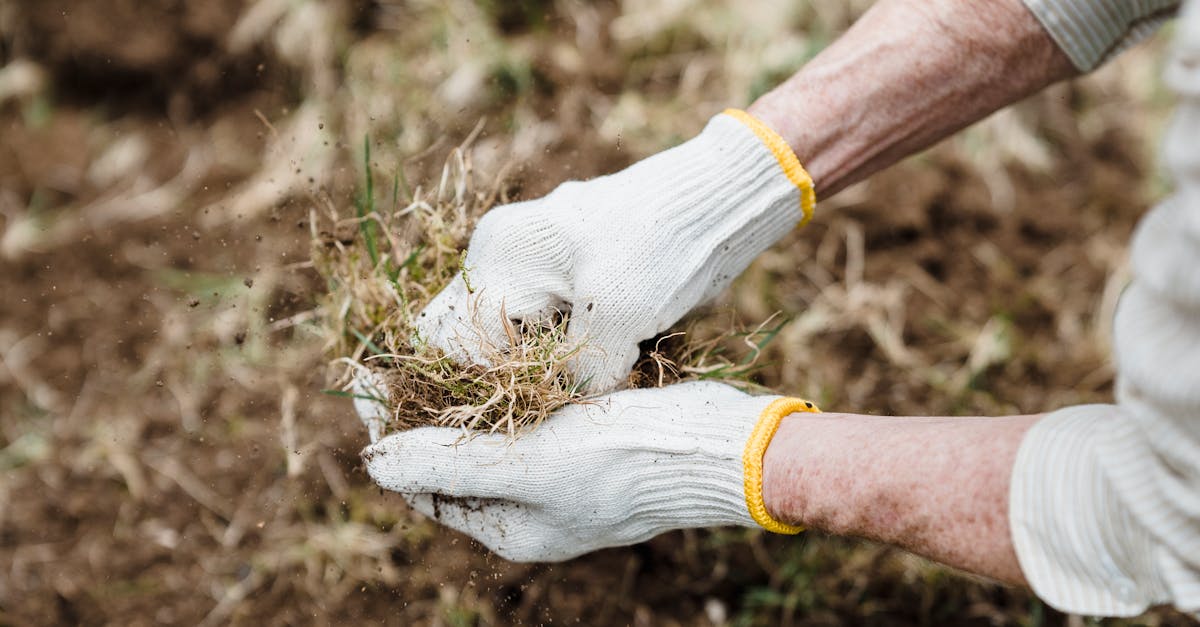
Yard Upkeep
Yard Upkeep
Maintaining a beautiful and vibrant landscape is a crucial aspect of property ownership, especially when it comes to larger properties. For those managing expansive grounds, the strategies and techniques involved in Lawn care for large estates differ significantly from those used in smaller yards. Proper lawn care for large estates not only enhances the aesthetic appeal of the property but also helps in preserving the health of the grass, preventing weed encroachment, and ensuring that the landscape remains an attractive and functional space for outdoor activities.
Investing in effective lawn care for large estates can yield impressive results, transforming vast green areas into picturesque settings. Homeowners and property managers alike must consider factors such as soil composition, climate, and the specific grass types suited for expansive landscapes. By employing professional techniques and using specialized equipment, it is possible to achieve high-quality lawn care for large estates that can withstand the challenges posed by size and environmental conditions. This article will explore various aspects of lawn care tailored to the unique needs of large properties, providing valuable insights for anyone looking to elevate their outdoor space.
Hydration Methods to Healthy Grass
Implementing successful irrigation methods is essential to promoting the vibrant lawn. It requires knowing various demands of your lawn considering elements such as weather, type of soil, and grass variety. Thorough irrigation once a week is typically suggested as it supports deeper root development.
Furthermore, when to water is crucial for effective grass maintenance. Hydrating early in the morning is preferable to reduce evaporation and allow the lawn to take in water efficiently. Using irrigation systems which deliver a slow release of water may assist keep the moisture in the soil while avoiding excess runoff. Keeping an eye on local weather patterns also helps you can irrigate the yard correctly.
Advice on Proper Watering Strategies
Efficient irrigation serves as an key factor of keeping your lawn healthy. Recognizing appropriate quantity of moisture the grass needs becomes necessary. This can be advantageous to irrigate early in the morning when heat are cooler. Doing so allows the water to permeate deeply into the soil rather than evaporating in the heat of the day.
Moreover, adopting strategic irrigation methods can help save water while fostering a lush lawn. Evaluate using a soaker hose or drip irrigation system for deliver water directly to the roots without excess water usage. Observing the moisture level in the soil can also help decide when it is time to irrigate again. With applying these strategies, you can guarantee a healthy and thriving lawn.
Choosing the Best Turf Type for Your Environment
Finding the appropriate lawn type can be crucial for a thriving lawn. Various lawn types thrive under specific environmental factors. As an illustration, cold-season types like Kentucky bluegrass grow well in northern regions, while hot-season types like Buffalograss thrive in warmer climates. Having knowledge of your local environment serves as a key factor when deciding which lawn type to select.
Once you have a grasp on your climate, the next phase is to consider other elements that can influence your lawn choice. Earth type, sun exposure, and moisture availability all contribute in how well a certain lawn type will thrive. As an example, if you have poor soil, you might want to opt for lawn varieties that are more tolerant to those conditions. Also, if your lawn receives full sun, opting for a lawn that requires sunlight will assist in a more healthy landscape.
Factors when Selecting the Lawn Variety
Selecting the appropriate turf variety can be critical for achieving the lush lawn. Things to think about involve local climate elements in the local region. Warm-season grass types of grass perform well under warm temperatures, while cool-season excels best during temperate climates.
Another thing to think about is the yard's intended use. High-traffic lawns require hardier types which are able to withstand heavy foot traffic. Additionally, soil conditions along with sunlight must be assessed to ensure the selected grass will grow well in your environment.
Sustainable Yard Practices to Earth-Friendly Homeowners
Nurturing the yard in an eco-friendly method is not only aid nature, but supports the vitality of your yard. Employing organic nutrients as well as weeding techniques which are safe for your people and non-target species can be a fantastic decision for individuals looking to reduce their environmental impact.
Integrating eco-friendly methods such as using compost clippings to serve as mulch or creating native plants may enhance your lawn's appearance while preserving the local ecosystem. Selecting native turf which need less water and that are more resilient to regional conditions serves as a effective way to ensure a thriving yard without excessive resource use.
Benefits to Going Eco-Friendly for Your Yard
Choosing organic practices for the yard provides various benefits. A primary reason is the favorable impact on the surroundings. Sustainable practices minimizes the use of harmful chemicals that can contaminate air and negatively affect local wildlife. Through embracing these practices, individuals contribute to a healthier planet while enjoying a lush and vibrant yard.
A further reason of going eco-friendly practices is improved soil health. Sustainable nutrients promote the growth of beneficial microorganisms in the soil, leading to enhanced nutrient availability for your lawn. Robust soil results in increased drought resistance and lowered susceptibility to pests and diseases. Ultimately, going organic not only helpful for the environment but also establishes a thriving and resilient yard.